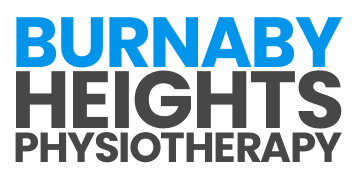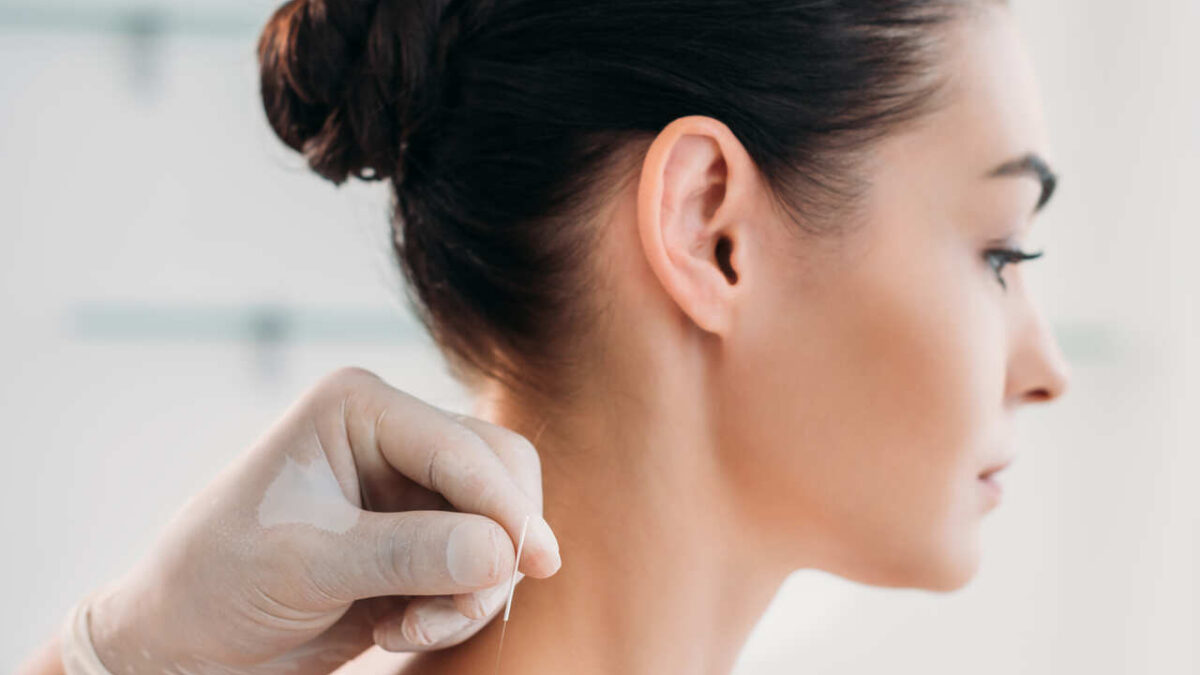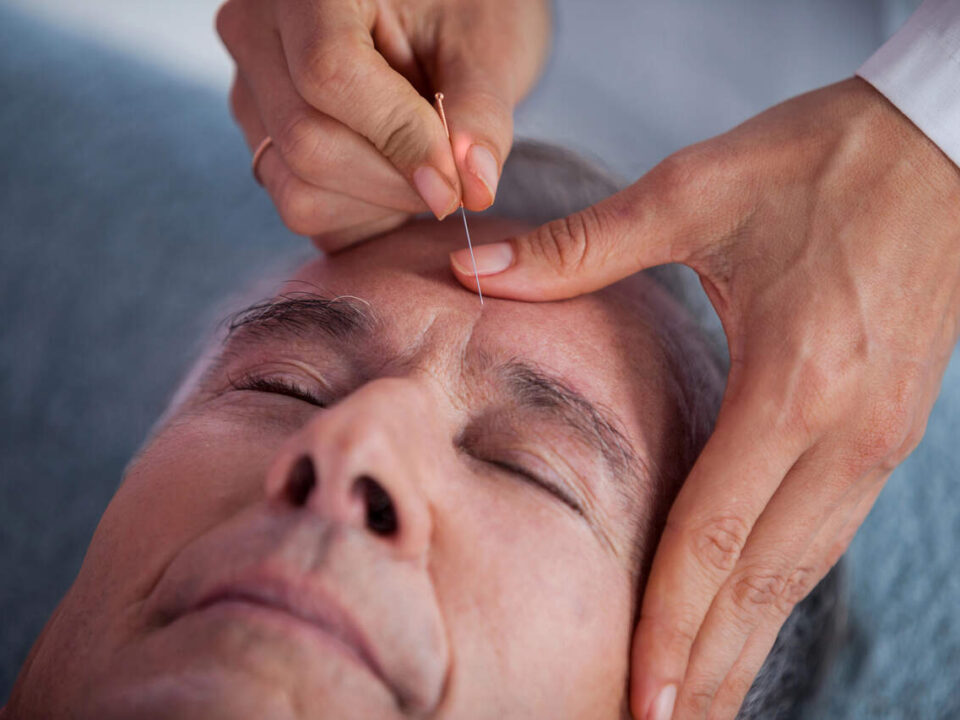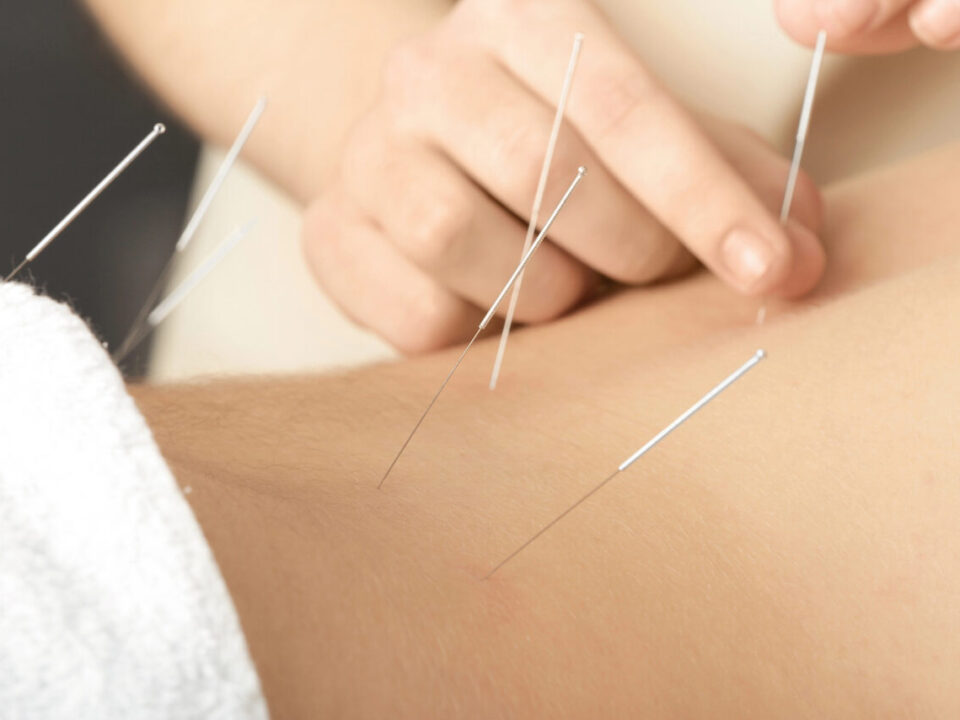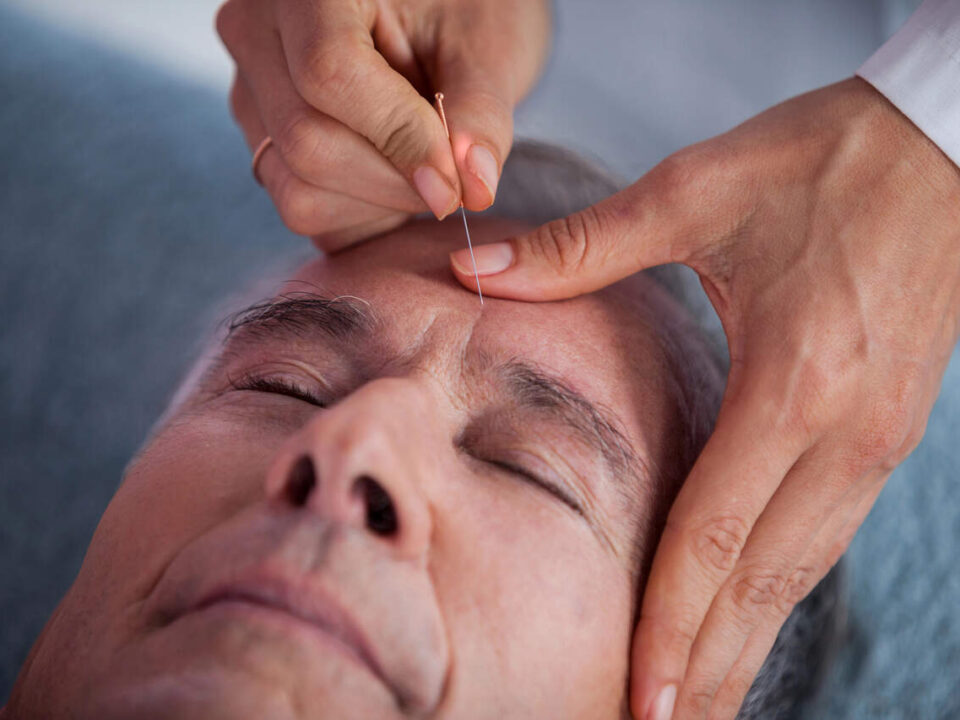
Finding Balance: The Role of Acupuncture in Treating Sciatica
July 18, 2024
Experience Natural Relief: Acupuncture for Back Pain Explained
July 18, 2024Exploring Acupuncture for Neck Pain
Introduction to Acupuncture
Acupuncture is a traditional Chinese medicine technique that has been practiced for thousands of years. It involves inserting very thin needles into specific points on the body to balance the flow of energy, known as Qi (pronounced “chee”). This practice is believed to stimulate the body’s natural healing processes and promote overall wellness.
For those experiencing neck pain, acupuncture can offer a non-invasive and holistic approach. This therapy aims to alleviate discomfort by targeting key points along the meridians, or energy pathways, associated with neck tension and stress.
How Acupuncture Addresses Neck Pain
Neck pain can result from various factors such as poor posture, muscle strain, or underlying health conditions. Acupuncture addresses these issues by focusing on specific acupuncture points that correspond to the neck and surrounding areas.
When the needles are inserted, they may help to:
- Reduce inflammation: Acupuncture can stimulate the release of anti-inflammatory substances in the body, helping to decrease swelling and pain.
- Improve blood circulation: Enhanced blood flow to the affected area can promote healing and reduce muscle stiffness.
- Release muscle tension: The insertion of needles can help relax tight muscles, thereby reducing discomfort.
- Stimulate nerve function: Acupuncture can influence the central nervous system, potentially altering the perception of pain and improving overall mobility.
The following table summarizes some key acupuncture points commonly used for neck pain relief:
| Acupuncture Point | Location | Purpose |
|---|---|---|
| LI4 (Hegu) | Between thumb and index finger | Relieves pain and tension |
| GB20 (Fengchi) | Base of skull, behind the ear | Reduces headache and neck stiffness |
| SI3 (Houxi) | Outside the hand, near the pinky finger | Alleviates neck and upper back pain |
| GB21 (Jianjing) | Top of the shoulder | Eases muscle tension and stress |
For a deeper understanding of how acupuncture can benefit other conditions, explore our articles on acupuncture for migraines and acupuncture for sciatica.
By targeting these and other specific acupuncture points, practitioners aim to address both the symptoms and underlying causes of neck pain, providing a comprehensive treatment approach.
Benefits of Acupuncture for Neck Pain
Acupuncture offers several advantages for addressing neck pain. Here, we delve into the primary benefits: pain relief, improved range of motion, and stress reduction.
Pain Relief
One of the most significant benefits of acupuncture for neck pain is pain relief. Acupuncture stimulates specific points on the body, promoting the release of endorphins, which are natural painkillers. This process can help reduce the severity of neck pain and improve overall comfort levels.
| Benefit | Mechanism | Effectiveness |
|---|---|---|
| Pain Relief | Release of endorphins | High |
| Reduced Inflammation | Improved blood flow | Moderate |
For more on how acupuncture helps with pain management, see our articles on acupuncture for back pain and acupuncture for sciatica.
Improved Range of Motion
Acupuncture can also enhance the range of motion in the neck. By targeting specific points, acupuncture helps to relax tight muscles and reduce inflammation. This can lead to increased flexibility and mobility, making daily activities more manageable.
| Benefit | Mechanism | Effectiveness |
|---|---|---|
| Muscle Relaxation | Release of muscle tension | High |
| Increased Flexibility | Reduced muscle stiffness | Moderate to High |
For additional insights on how acupuncture can improve mobility, read our articles on acupuncture for arthritis and acupuncture for knee pain.
Stress Reduction
Stress often exacerbates neck pain, making it crucial to manage stress levels. Acupuncture promotes relaxation by stimulating the parasympathetic nervous system. This reduces stress hormones like cortisol, helping to create a sense of calm and well-being.
| Benefit | Mechanism | Effectiveness |
|---|---|---|
| Stress Reduction | Stimulation of parasympathetic nervous system | High |
| Lower Cortisol Levels | Decreased stress hormones | Moderate |
For more information on how acupuncture can help with stress-related conditions, see our articles on acupuncture for migraines and acupuncture for headaches.
By understanding these benefits, we can better appreciate how acupuncture can be an effective treatment for neck pain. For a broader look at the advantages of acupuncture, visit our comprehensive guide on acupuncture benefits.
The Acupuncture Process
Understanding the acupuncture process can help individuals feel more comfortable and informed when seeking treatment for neck pain. This section outlines what to expect from the initial consultation to follow-up care.
Initial Consultation
During the initial consultation, the acupuncturist conducts a comprehensive assessment to understand the patient’s health history and specific symptoms. This includes discussing the severity and duration of neck pain, any previous treatments, and overall health status.
Common aspects of the initial consultation:
- Health history review
- Physical examination
- Discussion of symptoms
- Setting treatment goals
| Consultation Steps | Description |
|---|---|
| Health History Review | Discuss past medical conditions and treatments |
| Physical Examination | Assess the neck and related areas |
| Symptom Discussion | Detail the nature and extent of neck pain |
| Treatment Goals | Establish objectives for acupuncture sessions |
Treatment Sessions
Treatment sessions involve the actual acupuncture process, where fine needles are inserted into specific points on the body to alleviate neck pain. Each session typically lasts between 30 to 60 minutes.
Elements of a typical treatment session:
- Patient positioning
- Needle insertion
- Needle retention
- Needle removal
| Session Components | Details |
|---|---|
| Patient Positioning | Ensuring the patient is comfortable |
| Needle Insertion | Placing needles at targeted acupuncture points |
| Needle Retention | Keeping needles in place for 20-30 minutes |
| Needle Removal | Removing needles and assessing patient |
Follow-Up Care
Follow-up care is crucial for monitoring progress and making any necessary adjustments to the treatment plan. This may include additional acupuncture sessions, lifestyle recommendations, and other therapeutic interventions.
Key aspects of follow-up care:
- Progress assessment
- Treatment adjustments
- Lifestyle recommendations
- Scheduling future sessions
| Follow-Up Elements | Purpose |
|---|---|
| Progress Assessment | Evaluate the effectiveness of treatment |
| Treatment Adjustments | Modify techniques as needed |
| Lifestyle Recommendations | Suggest changes to support recovery |
| Scheduling | Plan future sessions for sustained relief |
By understanding the acupuncture process, patients can better prepare for their journey toward alleviating neck pain. For more information on how acupuncture can benefit other conditions, explore our articles on acupuncture for migraines, acupuncture for sciatica, and acupuncture for back pain.
Understanding the Science Behind Acupuncture
Acupuncture is an ancient practice rooted in Traditional Chinese Medicine (TCM), but it also has a place in modern Western medical perspectives. To fully grasp how acupuncture can alleviate neck pain, we need to explore both viewpoints.
Traditional Chinese Medicine Principles
In TCM, acupuncture is based on the concept of Qi (pronounced “chee”), which is the vital energy that flows through our bodies via pathways called meridians. When Qi is blocked or imbalanced, it can result in pain or illness. Acupuncture aims to restore balance by inserting thin needles into specific points along these meridians.
Key principles include:
- Yin and Yang: These are opposing forces that need to be balanced for good health.
- Meridians: Pathways through which Qi flows.
- Acupoints: Specific points on the body where needles are inserted to unblock Qi.
This holistic approach views the body as an interconnected system, where physical, emotional, and spiritual well-being are intertwined.
Western Medical Perspective
From a Western viewpoint, acupuncture is often examined through the lens of neurophysiology and biochemistry. Here, the focus is on how acupuncture affects the body’s nervous system, hormones, and immune responses.
Key aspects include:
- Endorphin Release: Acupuncture stimulates the release of endorphins, the body’s natural painkillers.
- Blood Flow Improvement: It can enhance blood circulation, aiding in the delivery of oxygen and nutrients to tissues.
- Neurotransmitter Regulation: Acupuncture influences neurotransmitters like serotonin, which play a role in mood and pain perception.
Studies have shown that acupuncture can modulate these physiological processes, providing relief for various conditions, including neck pain. For more on how acupuncture can benefit other conditions, check out our articles on acupuncture for migraines and acupuncture for sciatica.
By understanding both the traditional and modern scientific perspectives, we can appreciate how acupuncture serves as a valuable tool in pain management. Whether through the lens of Qi and meridians or endorphins and blood flow, the ultimate goal remains the same: alleviating pain and improving quality of life.
For additional details on the benefits of acupuncture, consider reading acupuncture benefits and other related topics like acupuncture for back pain and acupuncture for arthritis.
Safety and Considerations
When considering acupuncture for neck pain, it’s essential to be aware of safety aspects and take necessary precautions. This ensures the effectiveness of the treatment and minimizes any potential risks.
Licensed Practitioners
Selecting a licensed practitioner is crucial for the safety and efficacy of acupuncture treatments. Licensed acupuncturists undergo extensive training and adhere to strict guidelines to ensure patient safety. They are knowledgeable about anatomy, needle insertion techniques, and hygiene practices.
When choosing a practitioner, ensure they are certified by a recognized acupuncture licensing board. This guarantees that they meet the necessary qualifications and standards.
Potential Side Effects
While acupuncture is generally safe, there are some potential side effects to be aware of. Most side effects are mild and temporary.
| Side Effect | Frequency |
|---|---|
| Soreness | Common |
| Bruising | Common |
| Fatigue | Occasional |
| Dizziness | Rare |
| Infection | Very Rare |
It’s important to discuss any concerns with your acupuncturist before beginning treatment. They can provide guidance on what to expect and how to manage any minor side effects.
Precautions for Specific Conditions
Certain health conditions may require special considerations when undergoing acupuncture. For instance, individuals with bleeding disorders or those taking blood thinners should inform their practitioner, as they may be at a higher risk for bruising or bleeding.
Pregnant women should also consult with their healthcare provider before starting acupuncture. Some acupuncture points are believed to stimulate labor and should be avoided during pregnancy.
Patients with compromised immune systems should ensure their practitioner follows strict sterilization procedures to prevent infections. Always discuss your complete medical history with your acupuncturist to tailor the treatment to your specific needs.
For more information on how acupuncture can complement other treatments, see our articles on acupuncture for back pain and acupuncture for arthritis.
By understanding these safety considerations, we can make informed decisions about incorporating acupuncture into our neck pain management plan.
Integrating Acupuncture into Your Pain Management Plan
Complementing Other Therapies
When integrating acupuncture into our pain management plan, it’s essential to consider how it can complement other therapies. Acupuncture can be used alongside physical therapy, chiropractic care, and medication to enhance overall pain relief and improve outcomes. Combining acupuncture with these treatments may help address multiple aspects of neck pain, providing a more holistic approach.
| Therapy Type | Benefits When Combined with Acupuncture |
|---|---|
| Physical Therapy | Enhanced muscle relaxation and improved mobility |
| Chiropractic Care | Synergistic pain relief and alignment correction |
| Medication | Reduced reliance on painkillers and fewer side effects |
Exploring how acupuncture can work in tandem with other therapies can create a more effective pain management strategy. For more information on the benefits of combining acupuncture with other treatments, visit our article on acupuncture benefits.
Developing a Treatment Schedule
Creating a treatment schedule is crucial for achieving the best results with acupuncture. We should work with our acupuncturist to develop a personalized plan that fits our specific needs. The frequency and duration of sessions will depend on the severity of our neck pain and our response to treatment.
| Treatment Phase | Frequency | Duration |
|---|---|---|
| Initial Phase | 2-3 times per week | 4-6 weeks |
| Maintenance Phase | Once a week | As needed |
| Long-term Management | Once a month | Ongoing |
By adhering to a structured treatment schedule, we can maximize the benefits of acupuncture and ensure consistent progress. For more details on what to expect during acupuncture sessions, refer to our section on The Acupuncture Process.
Monitoring Progress
Monitoring our progress is an essential aspect of integrating acupuncture into our pain management plan. Keeping track of our symptoms, pain levels, and any changes in our condition can help us and our acupuncturist adjust the treatment plan as needed. Utilizing a pain diary or a tracking app can be beneficial in documenting our progress.
| Monitoring Aspect | Description |
|---|---|
| Pain Levels | Record daily pain levels on a scale of 1-10 |
| Symptom Changes | Note any improvement or worsening of symptoms |
| Treatment Response | Document how we feel after each session |
Regularly reviewing our progress with our acupuncturist allows for adjustments to be made, ensuring that we receive the most effective treatment. For additional tips on managing pain with acupuncture, explore our article on acupuncture for back pain.
By complementing other therapies, developing a treatment schedule, and monitoring our progress, we can effectively integrate acupuncture into our pain management plan and achieve lasting relief from neck pain.


